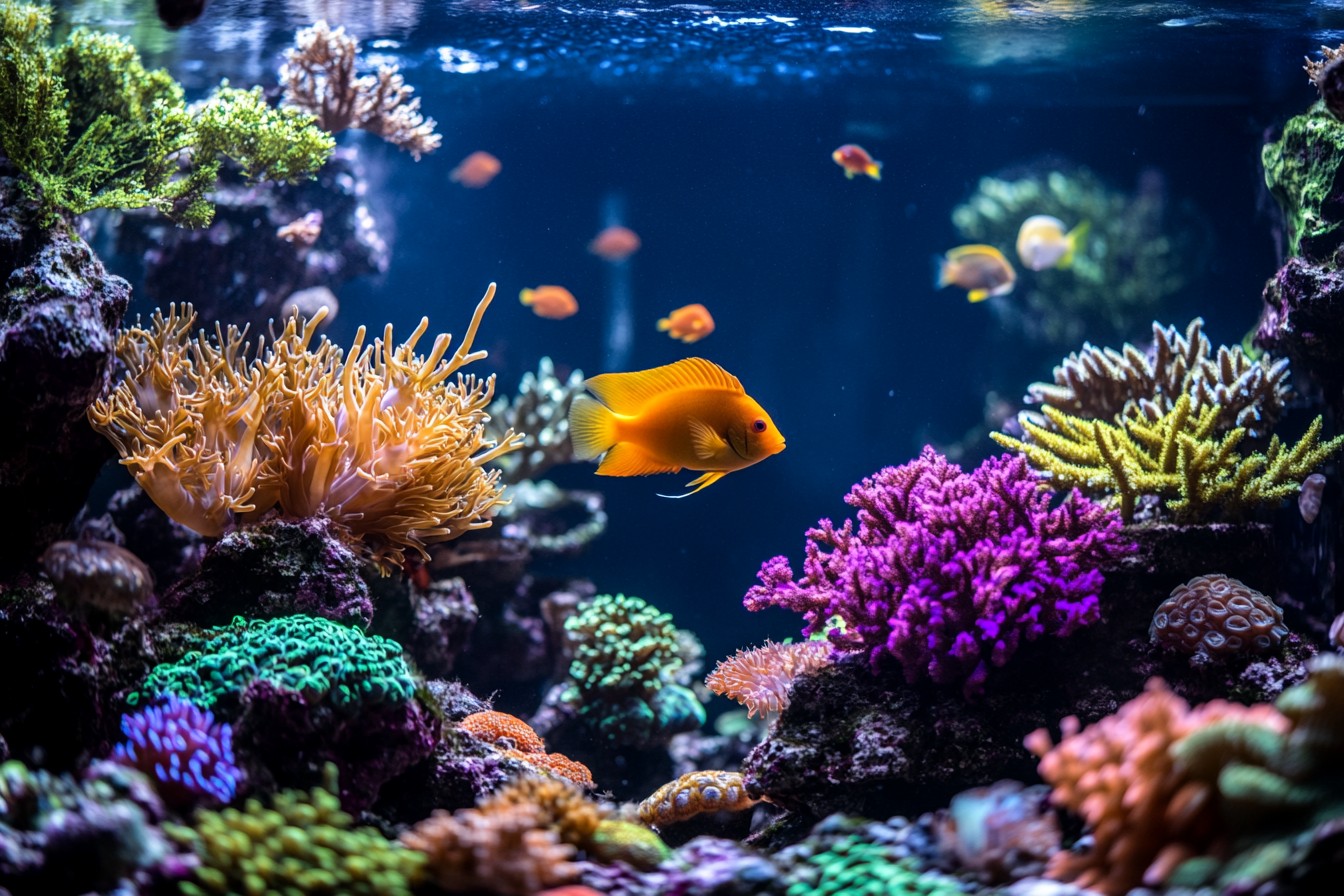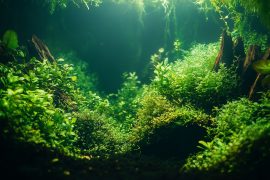My grandmother once told me that when she was a kid, keeping fish meant a bowl, some colored gravel, and a goldfish that—let’s be honest—probably didn’t make it to see Richard Nixon’s presidency. Fast forward to today, and I’m sitting in my living room, 900 miles away from home, adjusting the light spectrum on my reef tank using my phone while simultaneously getting notifications that my discus aquarium’s pH has drifted down to 6.2. The future is weird, folks.
I’m what you might call an early adopter when it comes to aquarium technology, partly because I’m genuinely excited by innovation and partly because I’ve experienced enough 3 AM tank disasters to appreciate anything that helps me avoid them. I’ve tried pretty much every “revolutionary” product that’s hit the market over the past decade—some amazing, some terrible, most somewhere in between. So let me walk you through what’s actually worth your time and money in this brave new world of smart aquarium tech.
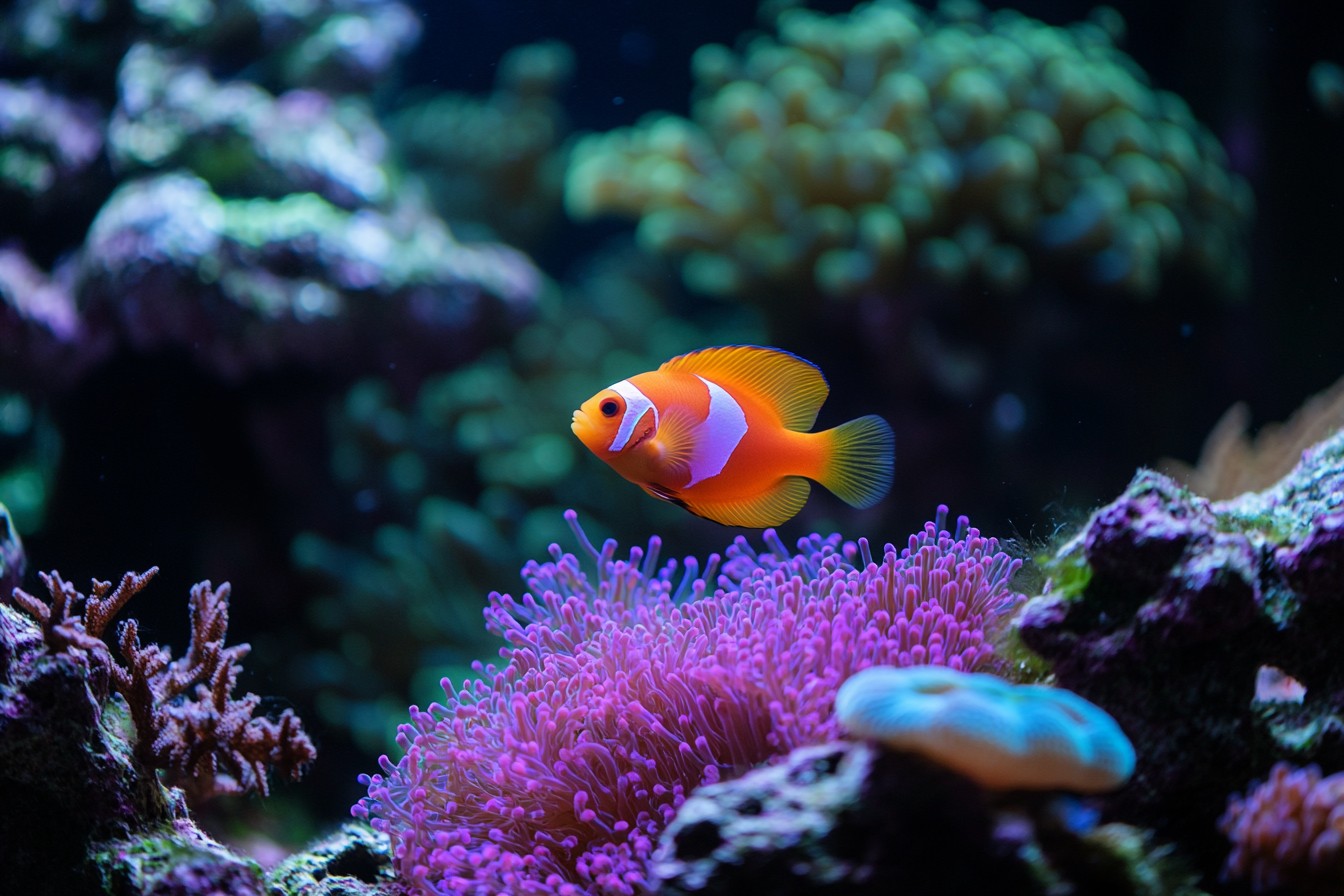
Let’s start with the basics: filtration. Traditional filters—your hang-on-backs, canisters, and sumps—aren’t going anywhere. They work on principles as old as gravity.
But the monitoring and control of these systems? That’s where things get interesting. I recently upgraded my 120-gallon Amazon biotope with a controller system that monitors water flow and alerts me if the filter output drops below a certain threshold.
Last month, it sent a notification to my phone at 2:17 PM on a Tuesday, letting me know my filter flow had decreased by 30%. Turned out a chunk of driftwood had shifted and partially blocked the intake. Three years ago, I might not have noticed until my water clarity started suffering or my parameters went wonky.
The real game-changer, though, has been the integration of variable speed return pumps with these monitoring systems. My reef tank now automatically adjusts its circulation based on time of day, creating more turbulent flow during “daylight” hours and calmer conditions at “night,” mimicking natural reef environments. The first time I installed one of these systems, I watched, mesmerized, as my coral polyps extended further than I’d ever seen them—apparently they appreciated the break from constant washing-machine turbulence every evening.
Who knew? On the subject of mimicking nature, lighting technology has undergone nothing short of a revolution. Remember when we just had fluorescent tubes in two flavors—”normal” and “plant”?
Now we have LED systems with customizable spectrums that can recreate everything from Caribbean reef midday to Amazon basin twilight. My favorite setup uses a light that adjusts not just intensity but color temperature throughout the day, shifting from the warm reddish light of dawn through the crisp white of midday and into the blue hues of dusk. These lights aren’t cheap—I paid more for the lighting on my 60-gallon reef than for my first car (granted, that car was a 1994 Civic with questionable brakes).
But they’re light-years ahead of what we had just a decade ago. My coral growth rates doubled when I switched from T5 fluorescents to a high-end LED system, and my electric bill actually went down. The first time I programmed a thunderstorm effect—complete with dimming lights and flash “lightning”—I watched my discus school together in response exactly as they would in nature.
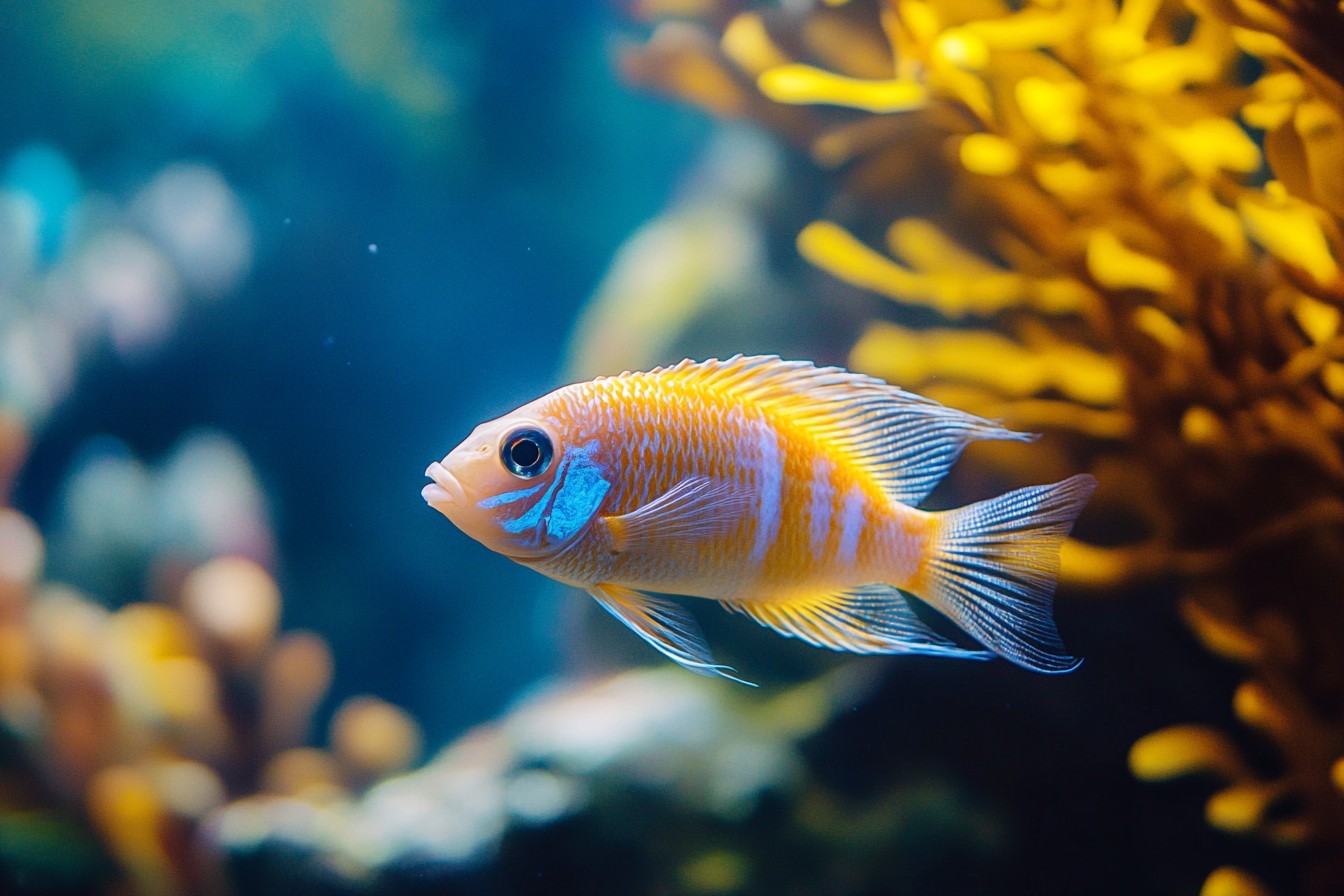
My ex-girlfriend thought I was ridiculous for the amount of time I spent tweaking these settings. She wasn’t entirely wrong. Water parameter monitoring is perhaps where technology has most dramatically improved the hobby.
I’m old enough to remember standing in my childhood bedroom, squinting at color-changing test strips and trying to decide if that ambiguous green-blue color meant my nitrate was 20ppm or 40ppm. Now I have probes in my tanks that constantly monitor pH, temperature, conductivity, and ORP (oxidation-reduction potential, a measure of water “cleanliness”), sending readings to my phone and alerting me to changes. The accuracy of these systems continues to improve, though they’re not perfect.
My digital pH probe tends to drift after about three months, requiring recalibration. But even with that minor inconvenience, it’s a vast improvement over weekly manual testing. I once received an alert about a pH crash while at a conference in Chicago—1,200 miles from my Florida apartment.
I was able to call a friend with a spare key, talk him through adding buffer to the tank, and monitor the pH recovery in real-time through my phone. My prize angelfish pair lived to spawn another day. Feeding technology has seen interesting developments too.
I’m not talking about those ancient dial feeders that dump flakes once a day whether your fish need them or not. The new generation of feeders can dispense multiple types of food in precisely measured amounts at programmed intervals. Some even integrate with monitoring systems to adjust feeding based on water parameters—backing off automatically if nitrate levels start climbing, for example.
I use an automated feeder for my community tank that dispenses five different types of food on varying schedules. My pencilfish get a tiny amount of crushed flake three times daily, while my corydoras get sinking pellets every other evening. The system handles it all, which was particularly valuable during a two-week trip to Japan last year.
My neighbor, tasked with checking on the tanks, just had to refill the feeder compartments once and make sure nothing was obviously on fire. For breeding projects, temperature control systems have become surprisingly sophisticated. I work with several species of dwarf cichlids that need precise temperature shifts to trigger spawning.
My setup uses temperature controllers that can be programmed with specific curves—gradually lowering temperature over a week to simulate the beginning of a rainy season, then slowly raising it again as I increase water changes. The precision is excellent, maintaining temperatures within 0.3 degrees of the target. All these advances come with caveats, of course.
The more technology you add, the more potential failure points you create. I learned this lesson the hard way when a power surge fried the control board on my main system, causing my heaters to stay on continuously. By pure luck, I checked the tanks before going to bed and found the temperature climbing past 90°F.
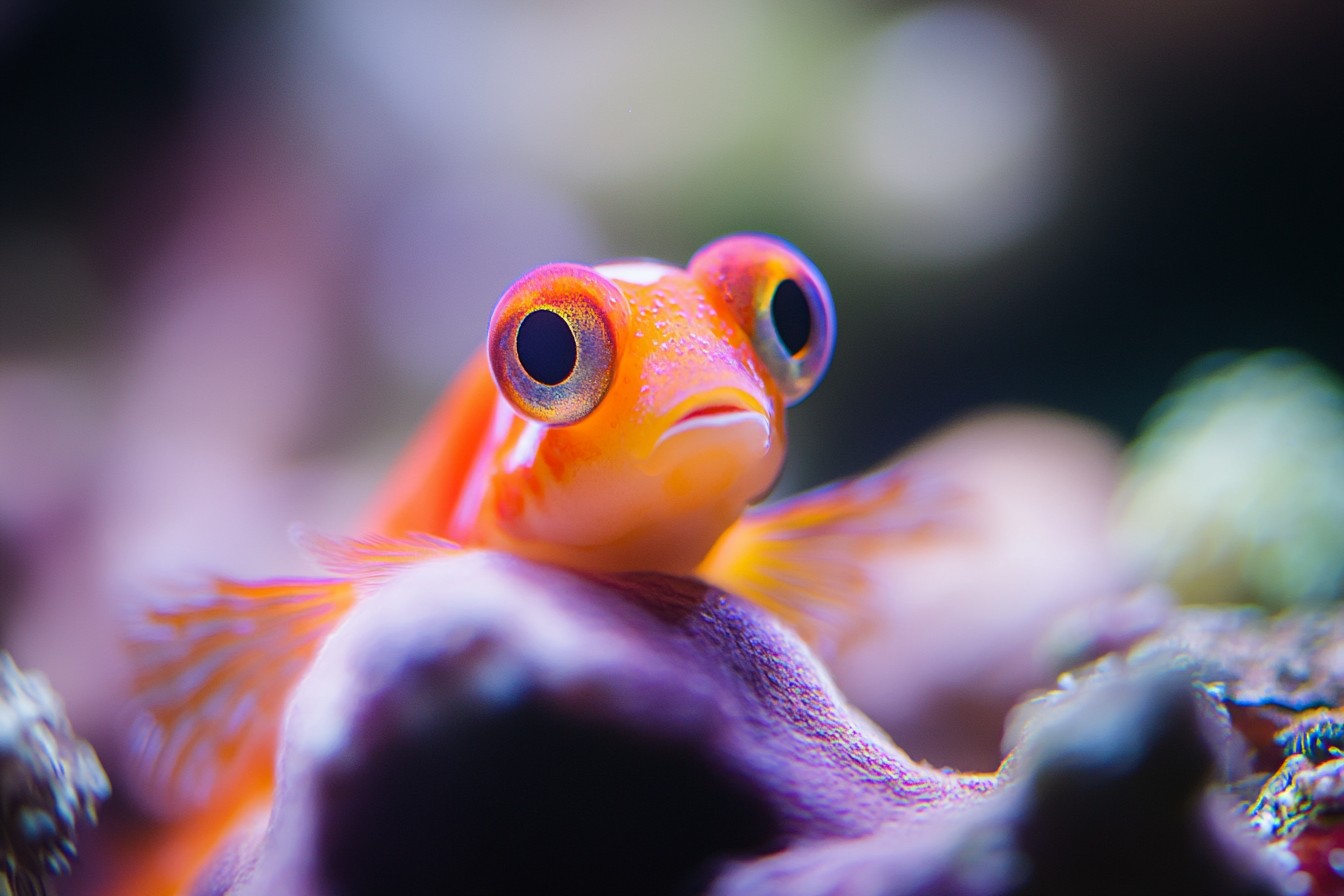
Since then, I’ve invested in backup battery systems and redundant controls for critical parameters. There’s also the real issue of technological dependency. I’ve become so accustomed to getting alerts about minor parameter shifts that I sometimes catch myself being less observant of the fish themselves.
There’s no replacement for simply watching your fish, noting behavior changes, and developing that sixth sense that tells you something’s “off” before any probe or sensor can detect it. My mentor at the Florida Aquarium could diagnose issues just by watching how fish moved through the water—no test kit required. And honestly?
Some of the new tech feels like solutions in search of problems. Do I really need a filter that tweets its status? (Yes, these exist.) Or an automatic fish feeder I can activate by yelling at a smart speaker?
Maybe not. I draw the line at cameras that claim to use AI to identify fish diseases—the technology just isn’t there yet, and misdiagnosis can lead to improper treatment. But overall, the trajectory is exciting.
For sophisticated keepers managing multiple tanks, these advances have made ambitious projects more feasible. My current breeding project with Altum angelfish would be nearly impossible without precise control of water parameters and the ability to monitor changes remotely. These sensitive fish from the Orinoco River basin need extraordinarily stable conditions and specific water chemistry that would require near-constant manual monitoring without my current setup.
For beginners, though, I’m a bit more hesitant to recommend diving headfirst into the world of high-tech aquariums. There’s real value in learning the fundamentals by doing things “the hard way” first—manually testing water, observing fish behavior directly, and developing an intuitive understanding of your aquatic system. Technology should enhance your fishkeeping, not replace the core skills and observational habits that make you a good aquarist.
That said, even simple tech upgrades can prevent the common disasters that discourage newcomers. A basic temperature controller that cuts power to a heater if the water exceeds a set point has saved countless fish from cooking when heaters stick “on”—something that happens far more often than manufacturers like to admit. As with most things in this hobby, balance is key.
I’ve found that thoughtfully applied technology, combined with good old-fashioned observation and maintenance discipline, creates the sweet spot where my fish thrive and I maintain my sanity. My grandmother’s goldfish bowl has evolved into an interconnected ecosystem of tanks, controllers, and apps—but the core goal remains the same: keeping water clean, parameters stable, and fish healthy. Now if you’ll excuse me, my phone just buzzed to tell me that my angelfish tank’s conductivity has increased by 23 microsiemens.
Nothing serious, but I should probably look into that before bed. The future is demanding, too.
